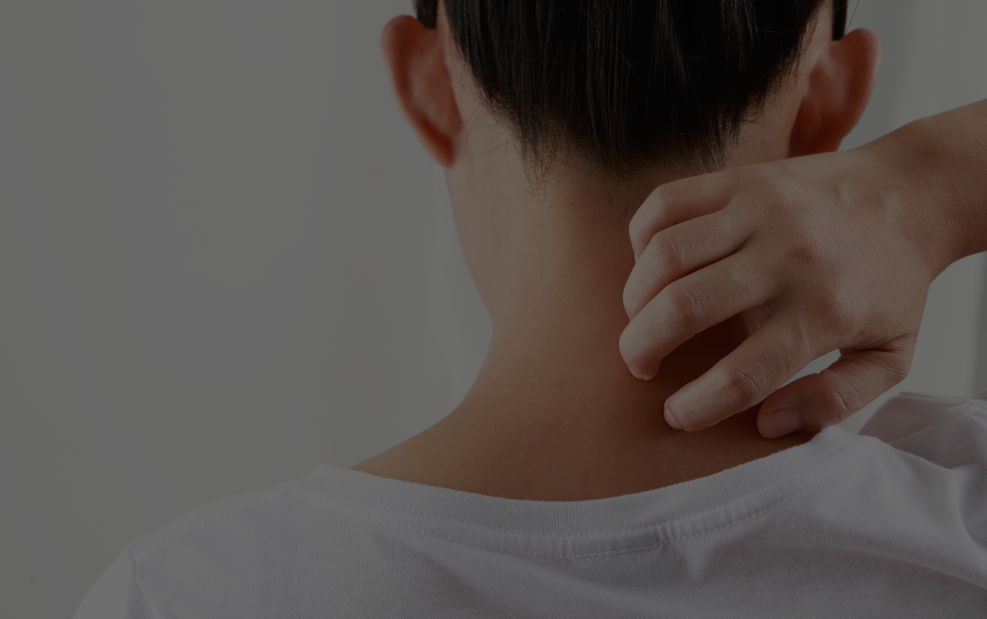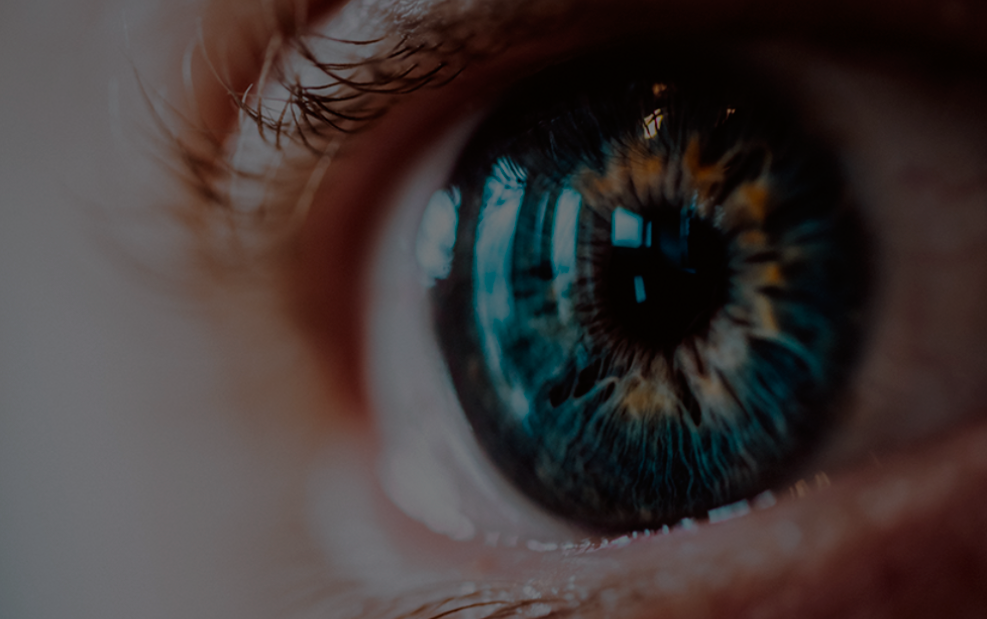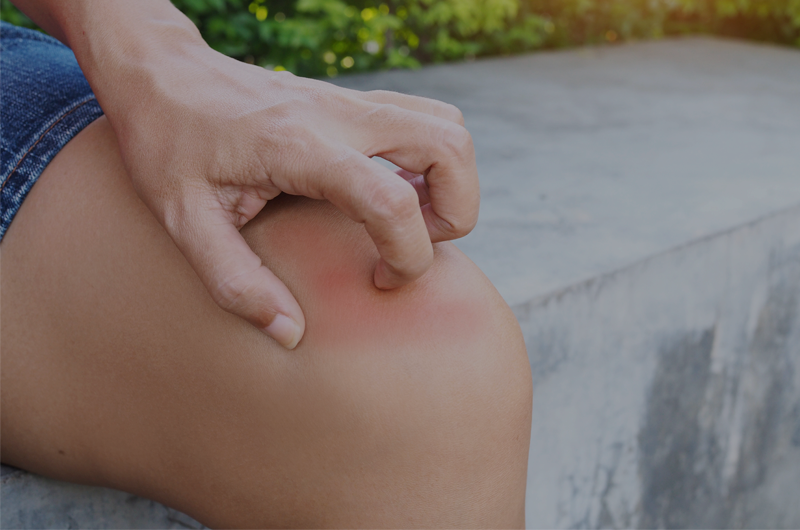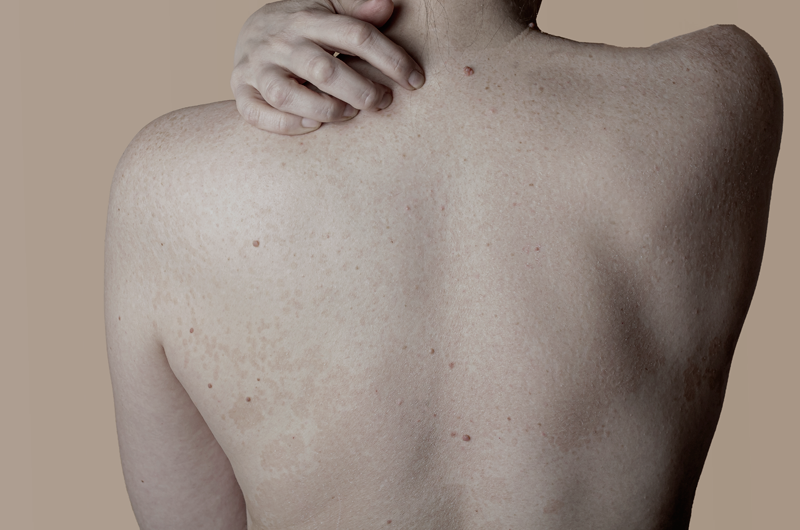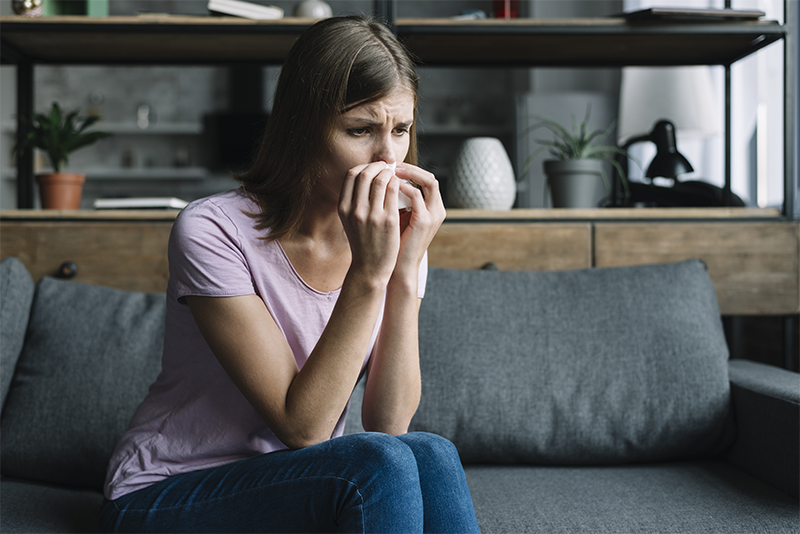
Coimbra J, Puntes M, Gich I, Martínez J, Molina P, Antonijoan R, Campo C, Labeaga L
Int Arch Allergy Immunol. 2022 Jun 14:1-10. doi: 10.1159/000524856. Publicación electrónica previa a la edición impresa. PMID: 35700691.
Bilastine is a second-generation antihistamine with good selectivity for H1-receptors, and no brain-penetration. The objective of this study was to compare the pharmacodynamic activity of bilastine administered under fasting and fed conditions in healthy volunteers.
This was a randomized, open-label, two-period, crossover study involving 24 healthy participants who were given 20 mg of once-daily oral bilastine for 4 days under fasting and fed conditions, with a 7-day washout period. The plasma concentrations of bilastine plasma were measured for 24 h after the first and fourth doses in each period. Pharmacodynamic activity was assessed by wheal and flare surface inhibition and subjective assessment of itching, after intradermal injection of histamine.
When administered under fed vs. fasting conditions, the exposure to bilastine 20 mg decreased (mean maximum plasma concentration and area under the curve from time 0 to 24 h decreased by 34.27% and 32.72% [day 1], respectively, and 33.08% and 28.87% [day 4]). Despite this decrease, the antihistaminic effect of bilastine 20 mg did not change with food. On day 1, as measured by wheal and flare surface inhibition,
the maximum effect and duration of action of bilastine did not differ significantly between fasting and fed conditions, with only a short 30-min delay in the onset of wheal inhibition. On day 4, bilastine’s pharmacodynamic effects were not significantly affected under any condition.
In conclusion, the pharmacokinetic interaction of bilastine with food does not mean a significant reduction of its peripheral antihistaminic efficacy.






